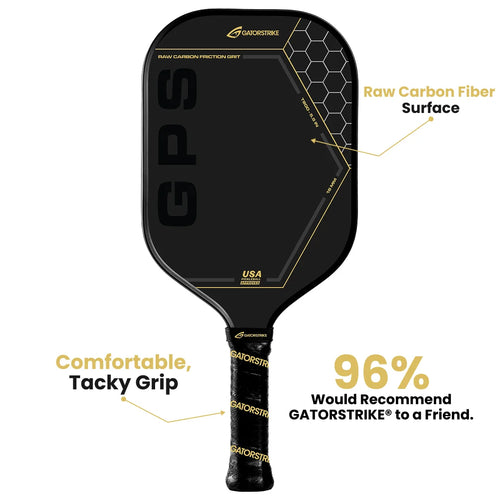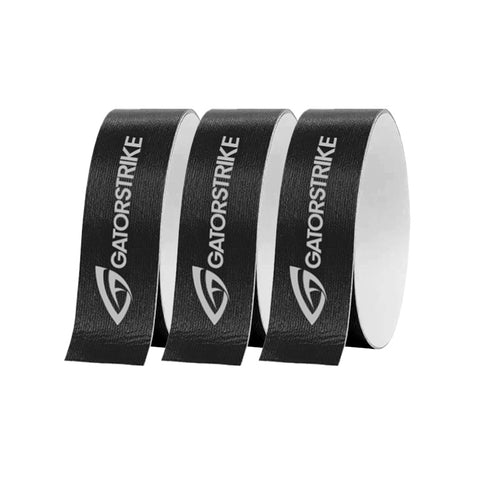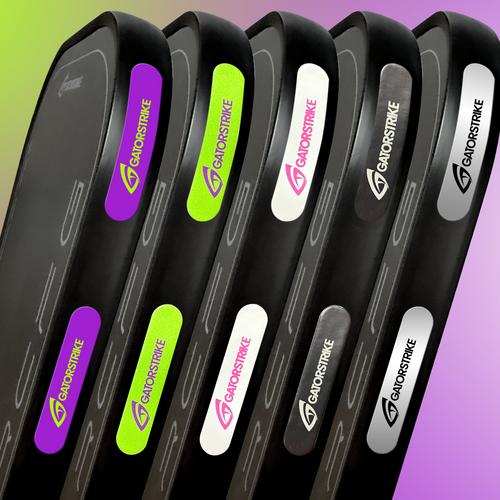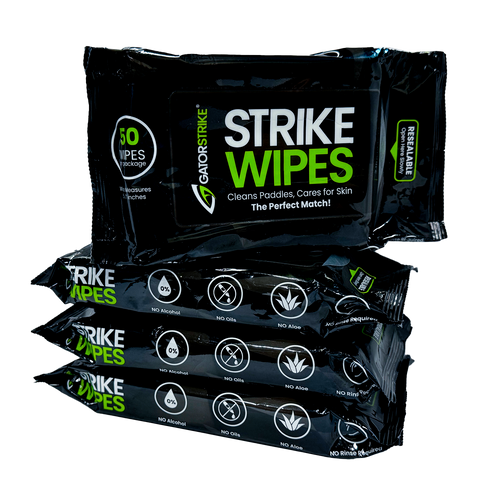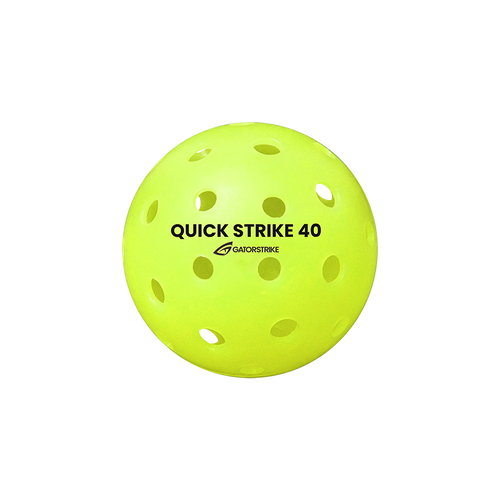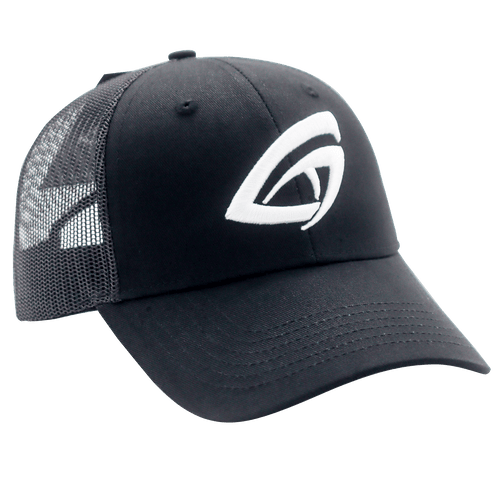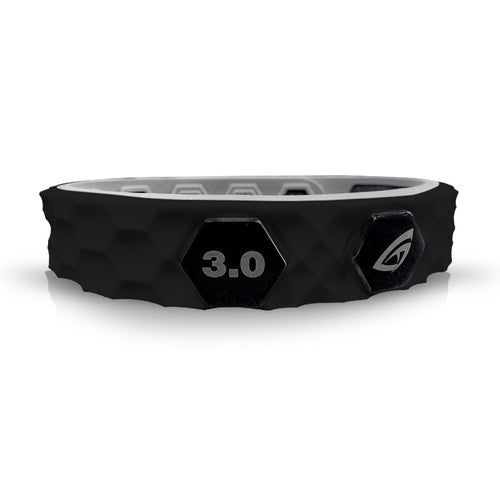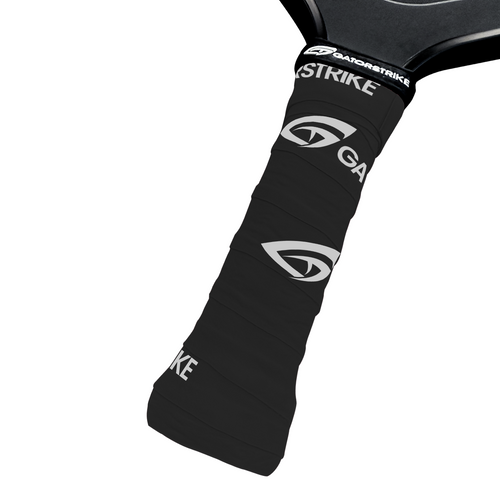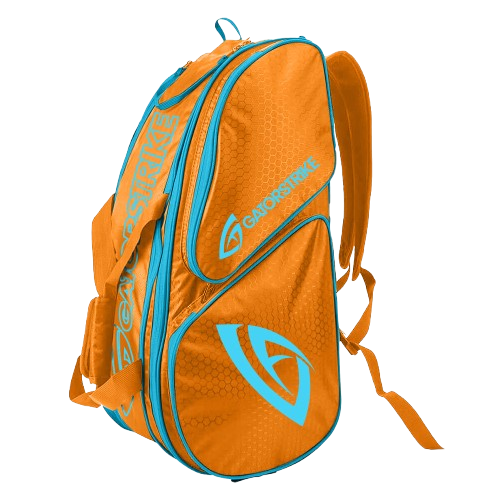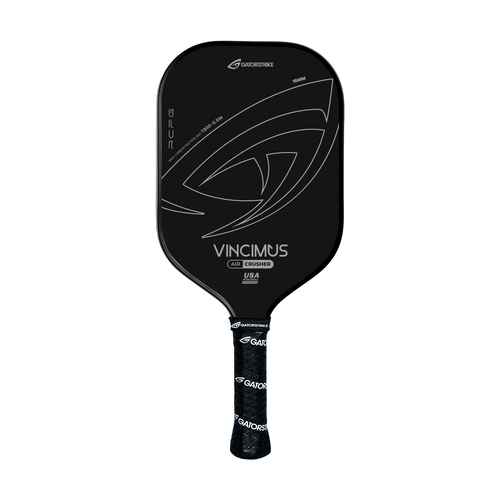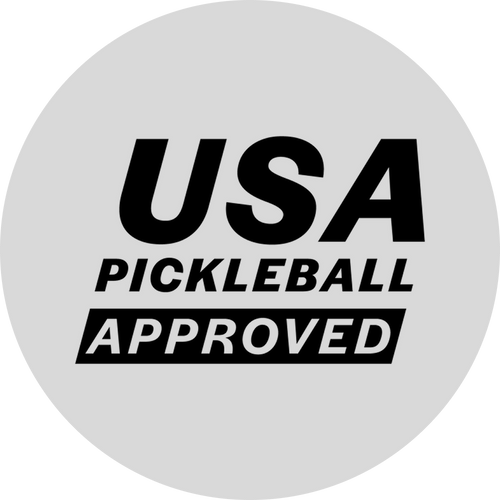
The Impact of Court Surface on Pickleball Play: Indoor vs. Outdoor Dynamics
Share
Pickleball may be a game of quick hands and faster feet, but what’s under your shoes—and beneath your paddle—plays a surprisingly pivotal role. From squeaky gym floors to gritty asphalt slabs, the surface you play on can shape your strategy, dictate your movement, and even influence the lifespan of your gear. Whether you’re a casual weekend warrior or an aspiring tournament titan, understanding the nuances between indoor and outdoor pickleball courts is essential to maximizing your performance.
Let’s delve into the granular details of how different court surfaces impact the rhythm, responsiveness, and strategy of your game.
1. Surface Texture and Ball Behavior
Indoor courts, typically made from hardwood or synthetic gym flooring, offer a smoother, more controlled bounce. This surface is often kinder on the joints, but it introduces a distinct gameplay dynamic. The indoor ball—lighter and peppered with fewer holes—responds to the slicker surface with a lower bounce and less erratic spin.
Outdoor courts, by contrast, are usually constructed from textured concrete or asphalt, coated with acrylic paint. These rougher surfaces create more friction, producing a higher bounce and making spin more pronounced. The heavier outdoor ball (with more holes) is built to combat wind interference and ground abrasion.
Game-changing takeaway:
- Indoor: Expect a lower, softer bounce. Precision and placement are paramount.
- Outdoor: Prepare for higher hops and more reactive spin. Power and positioning become more critical.
2. Footwork and Mobility Mechanics
Surface affects more than the ball—it changes how you move. Indoor floors allow for fluid, glide-like footwork due to their sleek finish. This helps with quick transitions but requires solid traction control to prevent sliding.
Outdoor surfaces, on the other hand, can be abrasive. They demand firmer, more deliberate steps. While you might not glide as easily, you gain stability—especially helpful in windy conditions or when making sudden lateral shifts.
Movement mindfulness:
- Indoor: Use lightweight shoes with excellent grip to navigate the slick terrain.
- Outdoor: Opt for durable, high-traction footwear to withstand the grind of asphalt and protect against wear and tear.
3. Strategic Adjustments Between Environments
Your game plan should evolve with the environment. Indoors, players tend to adopt a finesse-first approach. With less wind and a more consistent bounce, dinking, soft resets, and calculated angles reign supreme.
Outdoors, mother nature joins the match. Sun glare, wind gusts, and unpredictable bounces mean your strategy must be adaptable. Drives, lobs, and aggressive net play become valuable tools in your arsenal.
Strategic summary:
- Indoor: Play the precision game—sharp angles, soft hands, and tactical resets.
- Outdoor: Embrace power, court coverage, and versatility to manage natural elements.
4. Noise and Visual Elements
The auditory environment shifts dramatically between court types. Indoors, sound reverberates—paddle pops and foot squeaks can heighten intensity or become distractions. Outdoors, sounds dissipate, but wind and ambient noise (traffic, birds, etc.) may interfere.
Lighting also varies. Indoors often have fixed, artificial lighting—reliable but sometimes harsh. Outdoors, the sun’s movement creates shifting shadows and glare that can challenge your visual tracking.
Tip: Bring sport-specific eyewear for outdoor play and consider ear protection or calming routines for loud indoor matches.
5. Equipment Adaptation
Believe it or not, even your paddle and ball choices should vary based on the playing surface. Outdoor paddles often feature a more rugged face to grip and control the spin-heavy outdoor ball. Indoors, where touch is key, players may prefer paddles with softer cores for enhanced control.
Ball-wise, never mix them up. Indoor balls (26 holes) are lighter and bounce differently than outdoor balls (40 holes), which are designed to withstand weather and surface wear.
Gear game:
- Indoor: Paddle with finesse, lighter balls, and control-centric equipment.
- Outdoor: Use gear designed to endure and respond to high-friction, high-energy conditions.
Conclusion
The surface beneath your sneakers might seem like a minor detail—but in pickleball, it’s a game-shaping factor. From the texture of the court to the bounce of the ball and the wear on your gear, every aspect of play is influenced by whether you’re inside four walls or under the open sky.
The best players don’t just adjust—they anticipate. They tailor their strategies, refine their footwork, and choose their equipment with purpose. So whether you're battling it out on a polished indoor court or braving the elements outdoors, let the surface guide—not hinder—your journey to pickleball excellence.
Because in the end, champions don’t just adapt to the court—they command it.
